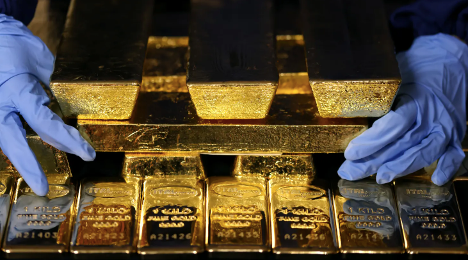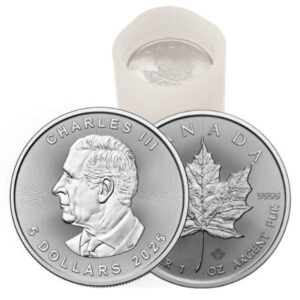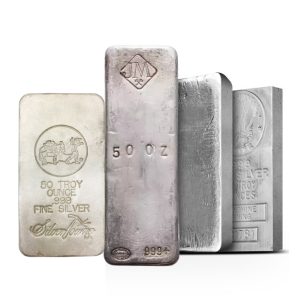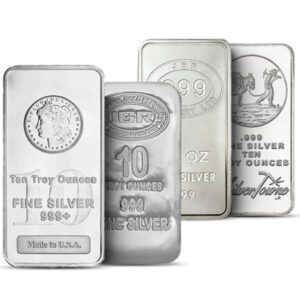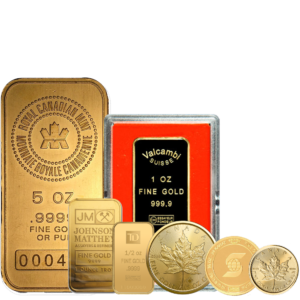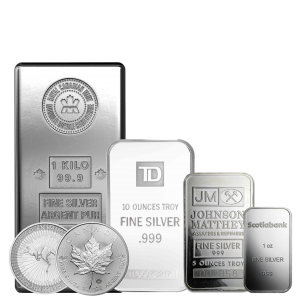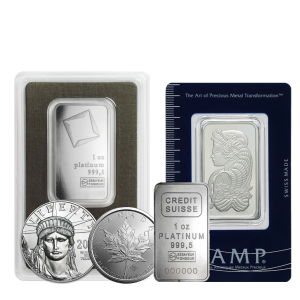As we move toward the weekend, geopolitical tensions are hitting a boiling point with Iran declaring war against Israel after a late-night attack. This has caused gold to jump back near all-time highs of $3500 USD per ounce as well as sending oil upward over 13% before levelling off around a 5% gain later in the morning. That said, those are not the only assets that have been running as of late: platinum, often overshadowed by gold and silver, has stolen the spotlight over the last couple months, surging an impressive 38% since April 6th of 2025. As of June 12th, 2025, the metal’s price hovers at $1,222.00 USD per ounce, driven by a perfect storm of supply constraints and robust demand. South Africa, which accounts for 70% of global platinum production, has faced production challenges, including power outages, and declining output, leading to a projected supply shortfall of 539,000 ounces of platinum this year. Meanwhile, the automotive sector, responsible for 44% of platinum demand due to its use in catalytic converters, continues to fuel price gains. Speculation around U.S. tariffs and their impact on global trade has also tightened supply chains, adding upward pressure.
Bond Market Braces for a “Reckoning”
The U.S. bond market, long considered a safest of financial havens, is under scrutiny from two financial heavyweights: Jeffrey Gundlach of DoubleLine Capital and Jamie Dimon of JPMorgan. Gundlach, who was speaking at the Bloomberg Global Credit Forum on June 11, 2025, warned that America’s debt burden (now sitting just shy of $37 trillion)—spiraling deficits and rising interest expenses—has become “untenable.” He declared a “reckoning is coming” for U.S. bonds, particularly long-term Treasuries, which he argues are no longer a reliable flight-to-quality asset as they have long been.
Dimon, J.P. Morgan’s CEO, echoing Gundlach’s concerns, has highlighted the risks of persistent inflation and rising borrowing costs, which could exacerbate troubles for U.S. bonds. Both warn that the U.S.’s fiscal trajectory, coupled with tariff-driven inflation risks, could erode confidence in dollar-based assets across the world. Gundlach’s solution? Shift toward non-dollar holdings, including most importantly, gold, which he calls a “real asset class” poised to hit $4,000 USD per ounce or higher in the near future. That would represent a 16.79% rise from current prices.
This bearish outlook on bonds aligns with broader market dynamics. The U.S. dollar has slumped 10.59% against global peers since January 2025, and the S&P 500 still sits right around no gain on the year. It is becoming increasingly more obvious that traditional investment pathways that have worked for decades are beginning to falter, and precious metals are quickly regaining their luster.
World Bank’s Grim Forecast: Worst Economic Decade Since the 1960s
The World Bank has sounded a sobering alarm, warning that the global economy is on track for its worst decade since the 1960s. Citing sluggish growth, rising trade barriers, and geopolitical tensions, the institution paints a bleak picture for the 2020s. The report underscores the impact of U.S. tariffs, which risk pushing the global economy toward stagflation—high inflation coupled with low growth, an environment silver and gold have long performed well in. Consumer confidence in the U.S. plummeted a staggering 11% in April 2025, with unemployment expectations at their highest since 2009, post Great Financial Crisis, further darkening the outlook.
This forecast amplifies the urgency of Gundlach’s and Dimon’s warnings. A weaker global economy could strain government budgets, particularly in heavily indebted nations like the U.S., where deficits are already ballooning to eye-popping levels. For investors, this environment favors defensive assets like precious metals, which thrive amid growing uncertainty.
Gold Overtakes Euro as Second-Largest Reserve Asset
In a historic shift, gold has surpassed the euro to become the world’s second-largest reserve asset, trailing only the U.S. dollar. This milestone validates Gundlach’s assertion that “smart money” is flocking to gold. Central banks, led by China, Turkey, and Poland, have ramped up gold purchases to diversify away from dollar-dominated reserves. J.P. Morgan estimates central bank gold buying will reach 900 tonnes in 2025 and that gold will continue to make more all-time price highs through the remainder of the year.
Gold’s 30% rally in 2025, peaking at $3,500 per ounce in April, reflects its safe-haven appeal amid trade wars and policy uncertainty. The metal’s rise to reserve prominence signals a broader erosion of confidence in fiat currencies, particularly as the U.S. dollar, the strongest of all fiat currencies, continues to weaken. For investors, gold’s dual role as a hedge against inflation and a store of value makes it a cornerstone in turbulent times.
The convergence of platinum’s surge, bond market warnings, a dismal economic outlook, declarations of war, and gold’s reserve status ascent points to a world in flux. Platinum offers speculative upside, bonds, once a bedrock of stability, face a reckoning as yields climb and deficits grow, while gold, backed by central bank demand and Gundlach’s bullish call, remains a more than compelling safe haven.
As the World Bank’s warning looms, diversification is key. Consider allocating to precious metals—gold for stability and silver or platinum for growth potential—the smart money is moving—will you?
 Hi,
Hi,

